There are two main reasons I was invited to speak about Agile at the Civil Service Human Resource Development Center. The first reason is that a CEO who is also a Certified ScrumMaster (CSM) was recommended by a section chief, Ms. Chen Meng-li, from National Cheng Kung University. This CEO attended a course at the Civil Service Human Resource Development Center and strongly recommended that the organizers promote such Agile courses, as he believes that civil servants should not be disconnected from the management practices of the private sector.
The Civil Service Human Resource Development Center and another institution, the Civil Service Institute, are both government training organizations, each with a different focus. If a course is mandatory, it is held at the Civil Service Institute; if it is elective, it takes place at the Human Resource Development Center. Therefore, this course is being run as a pilot program.
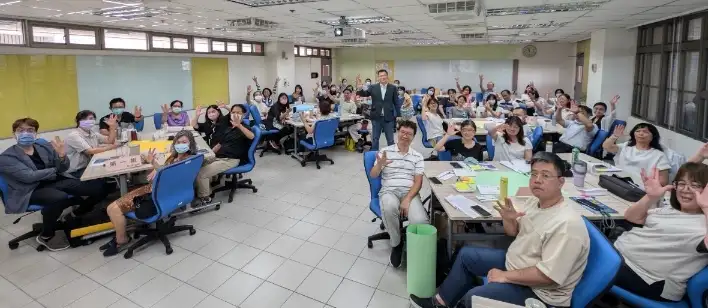
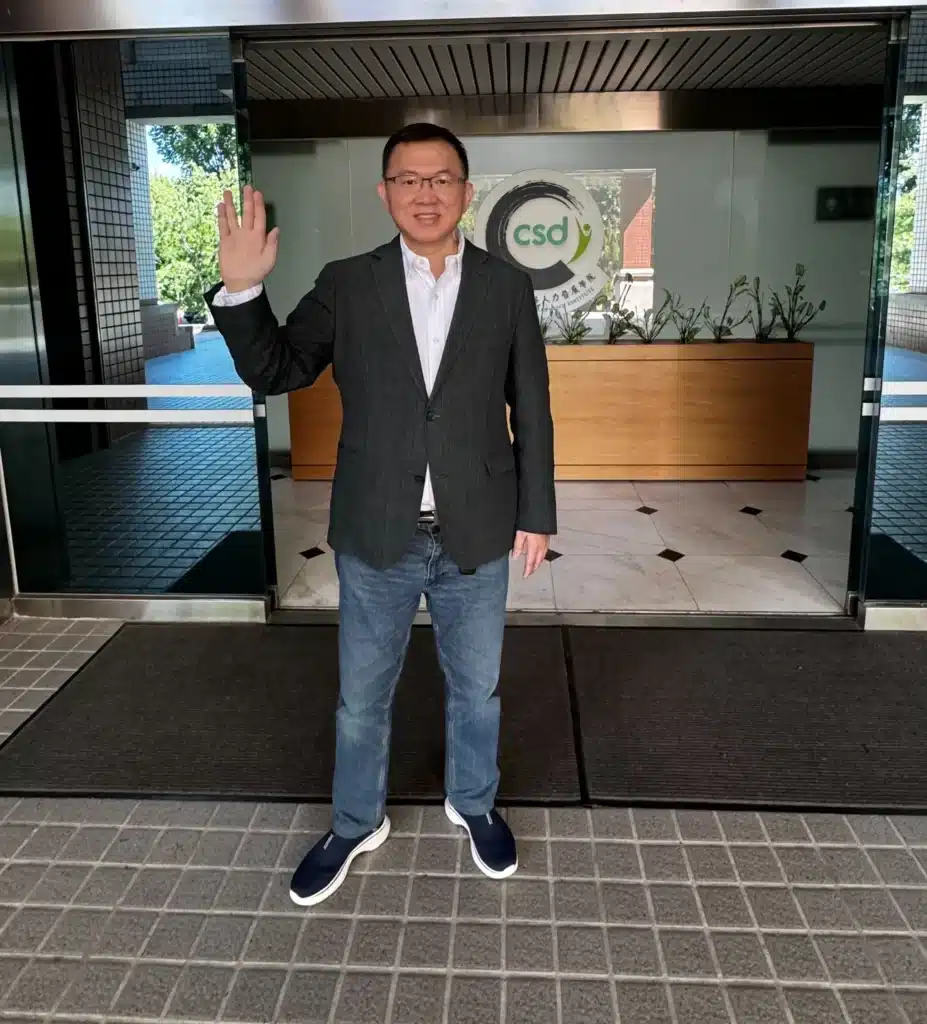
The initial surprise and the formation of the opportunity
Initially, the organizers only planned to hire an Agile instructor for the course. However, when they reviewed my qualifications and experience, they were surprised and felt that my level was too high, worrying that their budget might not be sufficient to hire me.
As a result, they came up with various reasons to emphasize the importance of Agile education for senior public sector officials. Unexpectedly, they first approached Li-Hsiu, mistakenly thinking she was my assistant. Li-Hsiu informed them that I was very willing to spread Agile concepts within the public sector and that the hourly fee was not an issue. Thus, this opportunity took shape.
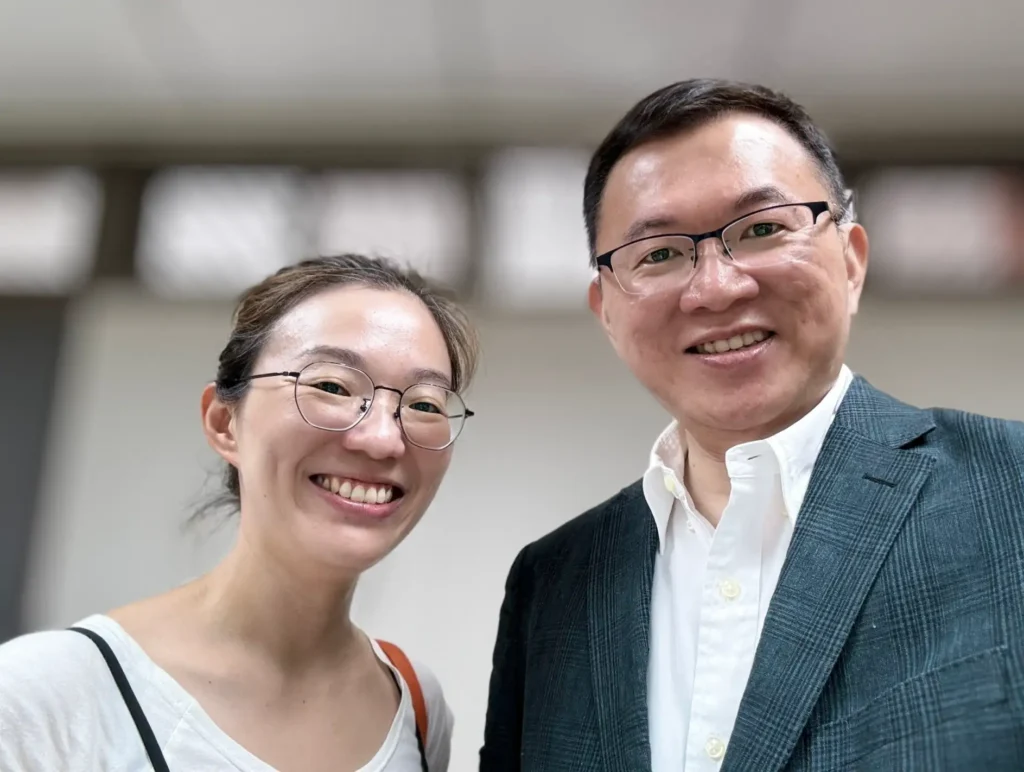

The surprise and challenge of receiving the invitation letter
I was quite surprised when I received the invitation letter. In the past, I attended project management courses at the Civil Service Institute, which were typically aimed at new recruits in the fifth rank, equivalent to fresh graduates in the workplace. However, this time, the participants were all senior officials and supervisors at the recommendation rank.
Among the 46 participants, 8 were senior officers, and the others were department heads at the recommendation rank. These individuals wield significant influence, with each department head managing hundreds of employees. To be promoted to the recommendation rank, especially to the position of a level nine department head, is an achievement that might only come to one in a hundred.
Every official who manages such a large number of people must possess exceptional management skills, particularly since their stakeholders are often the general public, who are notoriously difficult to manage and satisfy.
The influence of senior officers
The influence of senior officers is even greater. For civil servants, reaching the rank of senior officer (簡任官) is the pinnacle of their career. For example, in a department within the Kaohsiung City Government, while the director is a politically appointed official by the mayor, the deputy director is a civil servant, specifically a senior officer. Therefore, the composition of these 46 participants was truly striking to me—their influence is far-reaching and impactful.
The challenges of designing a small-scale CSM course
After obtaining my CST certification, I received numerous invitations to give talks, typically short sessions lasting under three hours, with audiences of up to 500 people. However, this time it’s a full-day workshop, which overlaps with my two-day CSM course but doesn’t include the certification exam. Therefore, I needed to design a condensed version of the CSM course specifically for them.
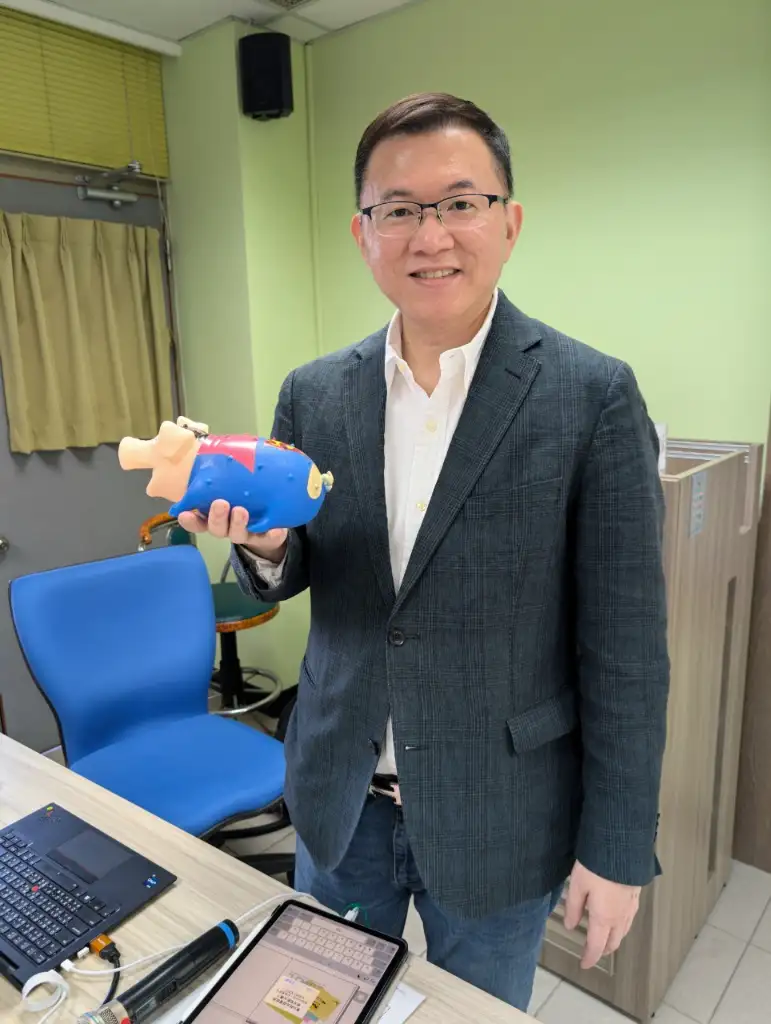
The process of redesigning the handouts and teaching materials
Since helping this group understand Agile is highly meaningful—because they are key government officials who understand how to solve problems for the public and adjust policies or plans—I spent three days and nights redesigning the handouts and teaching materials.
The biggest challenge was the lack of successful case studies in the public sector. Fortunately, we had a former PMP student from 10 years ago who also learned CSPO at that time and successfully applied Agile methods in his own department.
His name is Li You-ping, the director of the Fourth River Bureau, and he has applied Agile very successfully. I invited him for an interview and selected a 10-minute segment that showcases how he transformed a bureaucratic organization into a hybrid bureaucratic and Scrum organization to better serve the public and solve problems. Surprisingly, his outstanding performance led to him receiving the Best Civil Servant Award.
While conducting the workshop was not difficult, finding a successful case study was. Luckily, this particular case perfectly addressed the challenge of preparing the materials.
- The video titled “ESG-driven Servant Leadership: How to Create New Efficiency in the Public Sector with a People-Centric Approach” featuring Li You-ping, CSM, PMP, PBA, https://www.youtube.com/watch?v=lwDA0AmUmtc
Questions about Agile and gradual guidance
At the beginning, I sensed that everyone was completely unfamiliar with the concept of Agile, as if it were a blank slate. They even questioned whether such a new, Western-originated management method could be applied to the operations of the Republic of China’s government.
Their minds were filled with doubts and uncertainty. However, if these participants were in the private sector, they would all be at the vice president level, meaning they would seriously consider the logic and application of Agile. Initially, their understanding of Agile was very limited, but as the course progressed, I gradually guided them to grasp the core concepts of Agile, and I also required them to read the Scrum Guide before the course.
Insights from Agile games and practice
In the end, we conducted an Agile game where each group built a tall tower. Through repeated failures, they discovered ways to succeed, with their scores improving steadily, and eventually, their towers stood firm. This experience allowed them to feel the flexibility of Agile, how quickly plans can be adjusted, and the immense power of Agile as a tool to enhance public service. From their reflections, it was clear that they all recognized and appreciated the value of Agile.
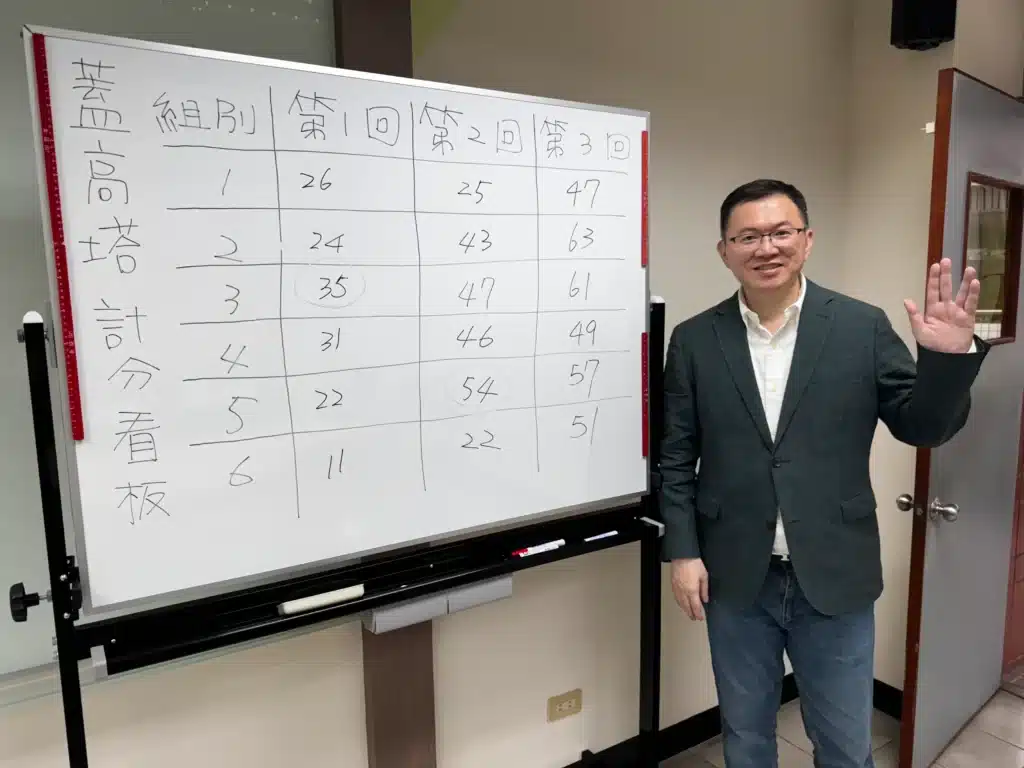
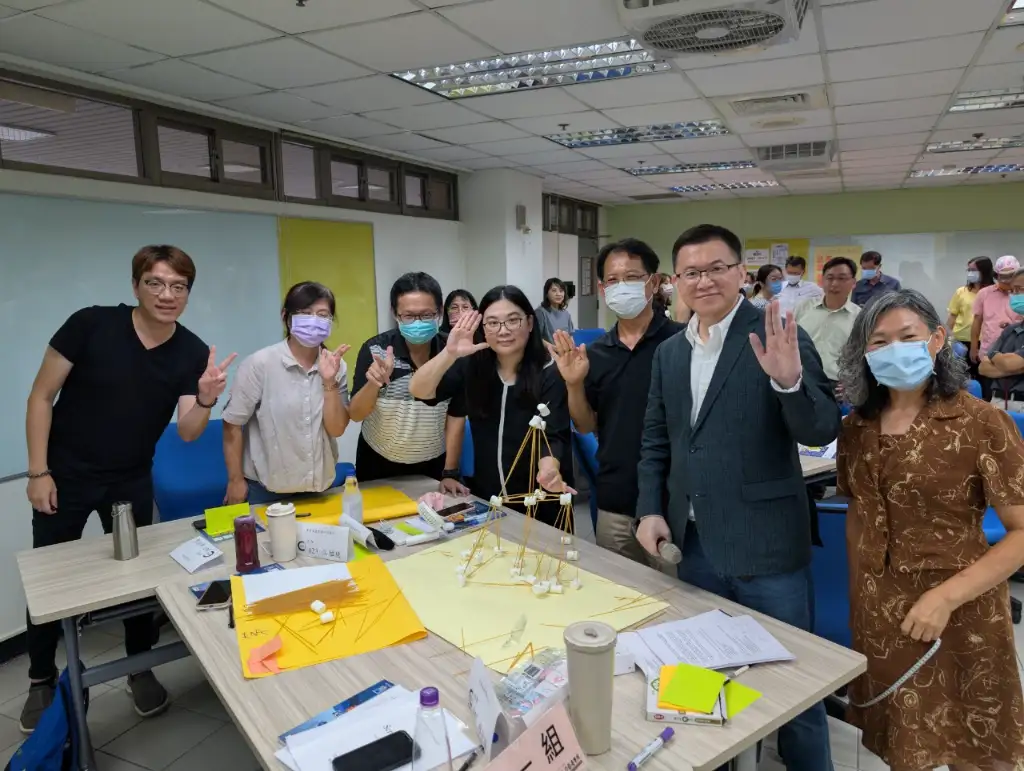
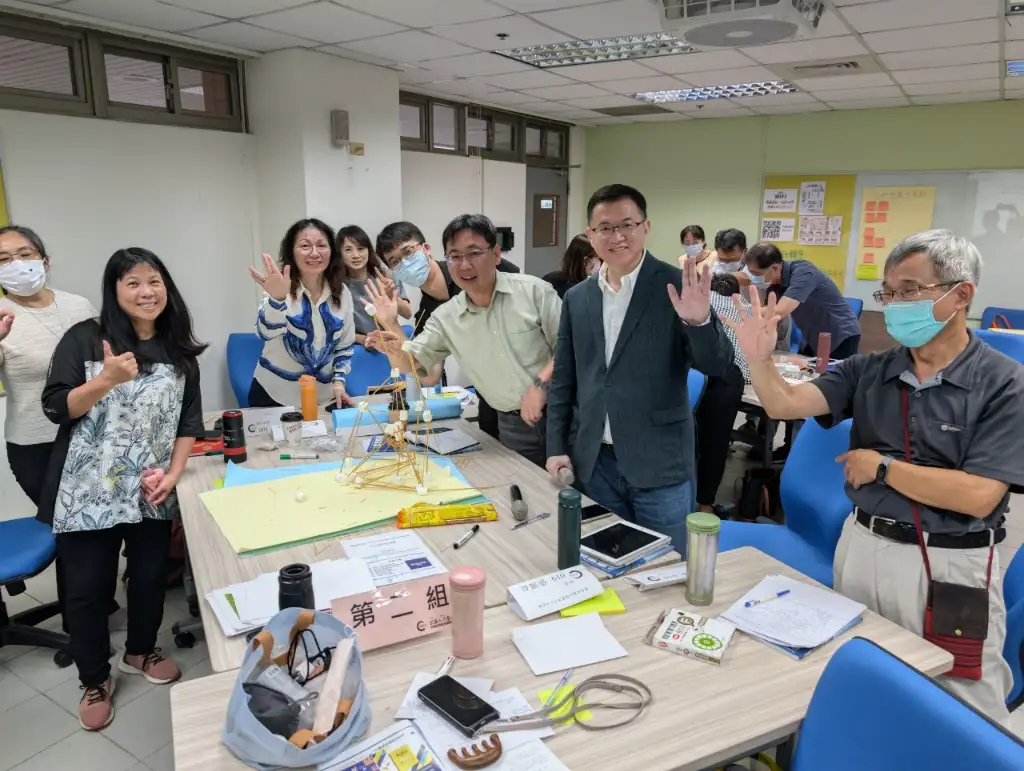
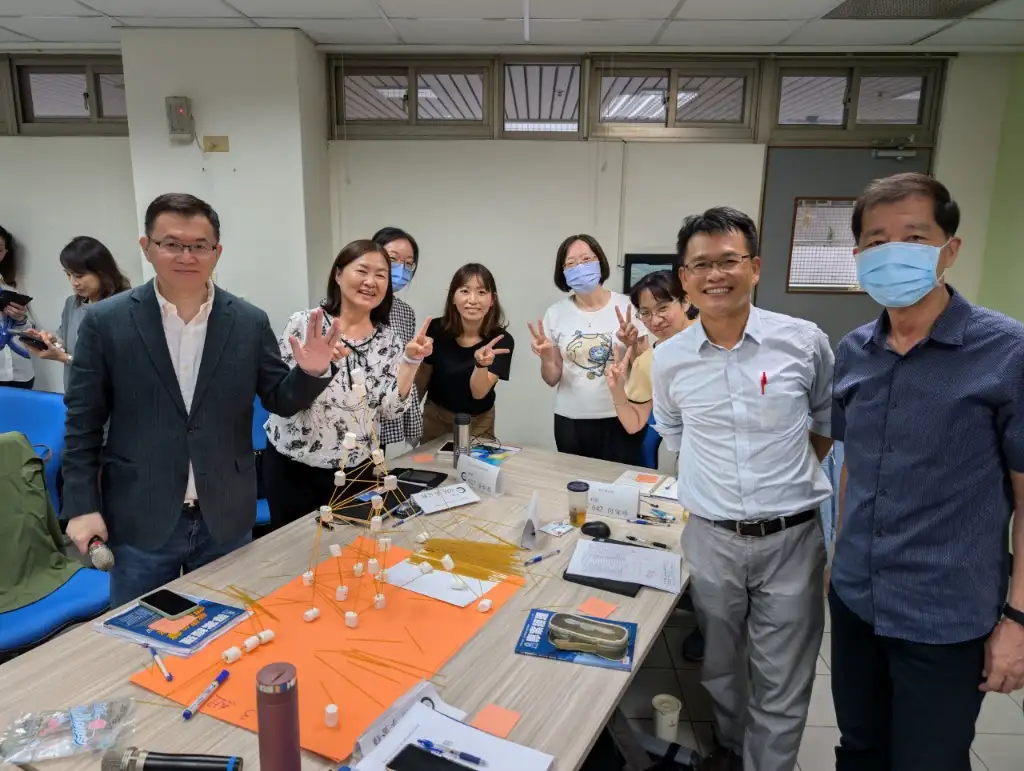
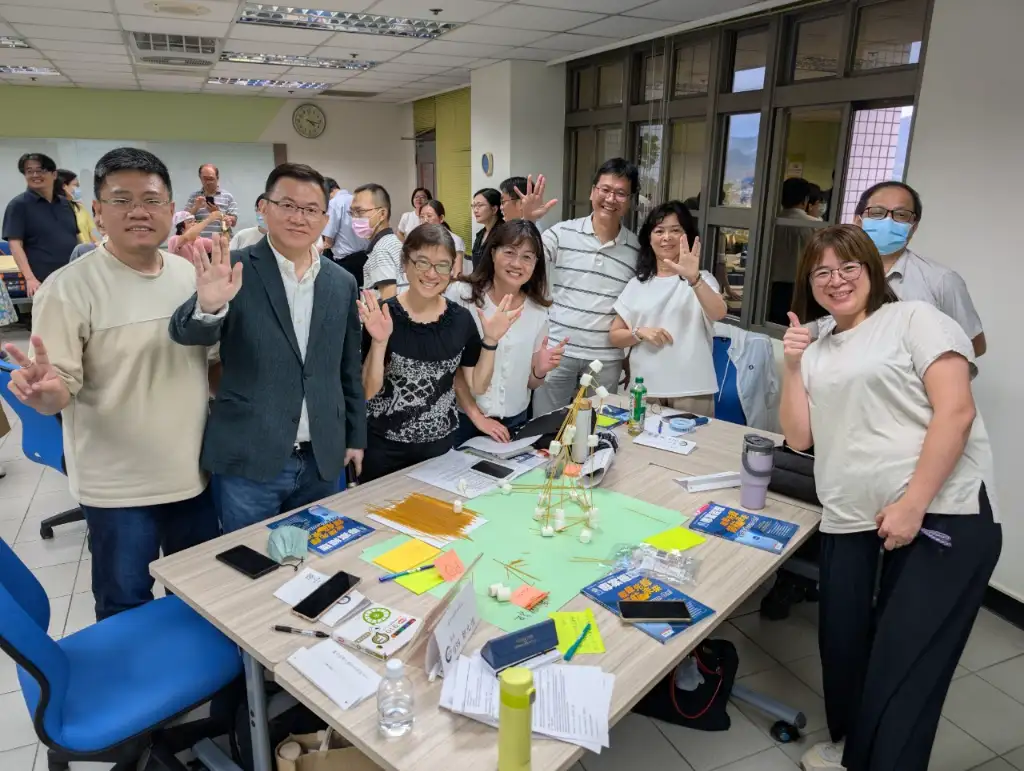

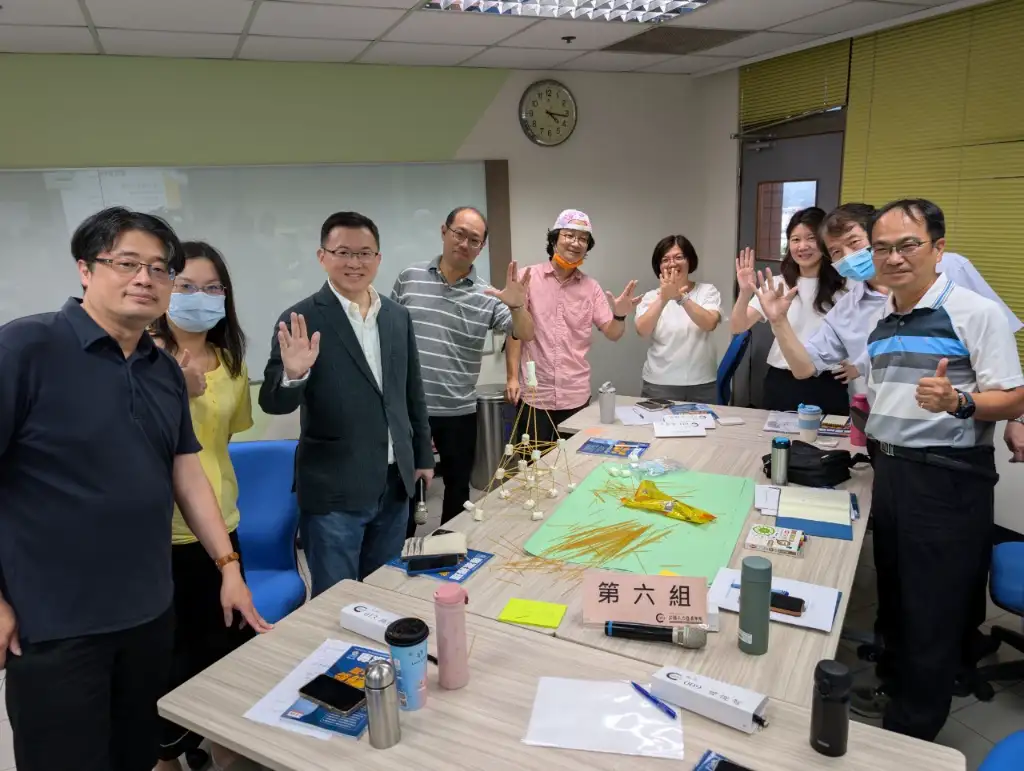
An analysis of pain points at the beginning of the course
At the beginning of the course, I asked each group to identify their two biggest pain points to better understand their challenges.
These pain points could be summarized into three main areas: plans not keeping up with public opinion, plans not keeping up with policy changes, and the need for cross-departmental collaboration to effectively address policy issues.
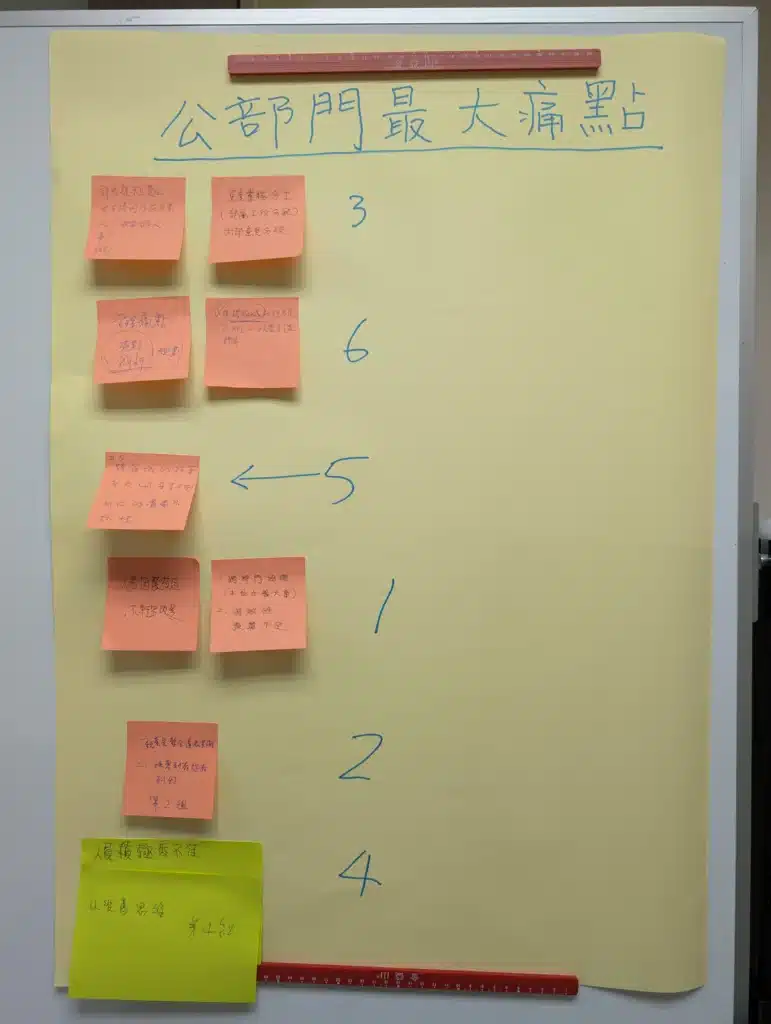
The applicability of Agile in the public sector
Seeing so many pain points made me realize that the public sector needs Agile more than any other organization. Before the course ended, I didn’t assign any homework, but I asked everyone to objectively write down their reflections on what they had learned. Each person took great care in documenting their thoughts.
It was through these reflections that I truly understood the applicability of Agile in the public sector. Previously, I had doubts about whether Agile could be effectively applied in government settings, even though there was the successful case of Li You-ping, which I had attributed to his personal proactive nature.
However, the feedback from these 46 supervisors showed me that Agile can indeed significantly reduce the government’s burden, quickly meet public demands, and find successful solutions through rapid adaptation in the face of failure. Agile is truly a very suitable tool for government operations.
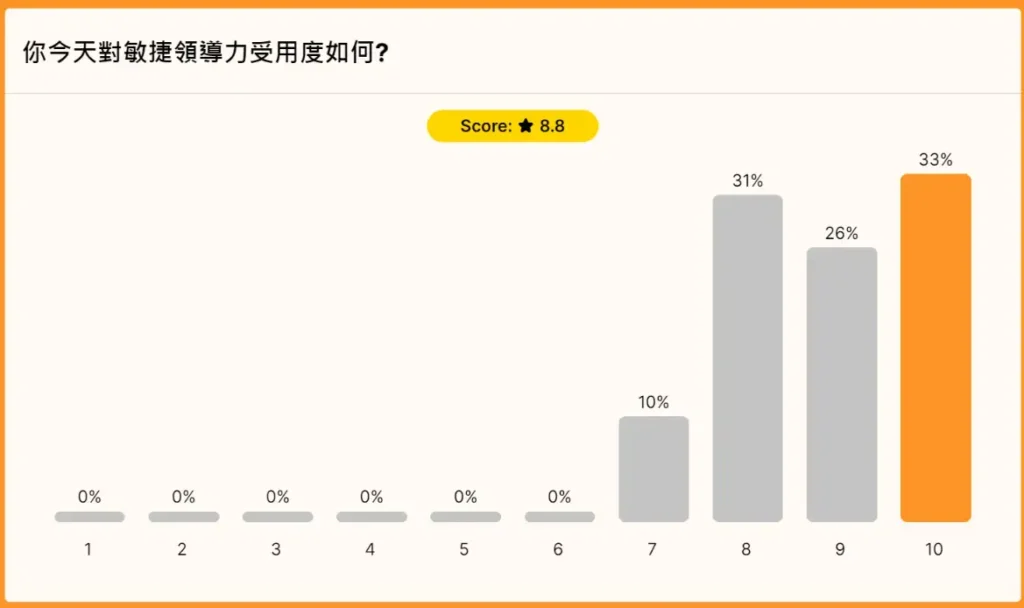
Reflections from public sector officials on the course (a must-read)
- Anonymous: Agile is a good management model, but it requires the full cooperation of every team member.
- Huang Oshu: Breaking a large project into multiple short-term phase goals and adjusting through short cycles of trial and error not only makes the project’s various stages more transparent but also allows team members to fully participate autonomously and decentralize authority. This gradually accumulates results and significantly improves the overall project, much like the tower-building game. It helped me understand that even thorough planning and anticipation may not be as effective as the more flexible Scrum approach.
- Shi Oli, Industrial Development Bureau: Bureaucratic organizations in the public sector often struggle to cope with complex and changing issues. Through today’s Scrum course, I learned the theoretical foundations, implementation methods, and gained practical experience through the games. I will try to practice this efficient management method in daily administrative work in the future.
- Zhang Ozheng, Bureau of Cultural Heritage, Ministry of Culture: Empowerment and situational leadership help in strengthening team cohesion.
- Gao Ofen, Nantou County Government: I learned from this course how to stay focused on goals and accomplish tasks.
- Yang Ofen: I understood the theory and practical applications of Scrum, recognized the key tasks for different roles during exercises, and realized the importance of goal setting, consensus, teamwork, division of labor, cooperation, transparency, inspection, and feedback.
- Wu Oxuan, Taoyuan Coastal Administration: Through hands-on practice in team management, I quickly grasped the concept of Scrum teams and the division of roles. The group brainstorming and leadership from managers helped me digest and absorb the classroom experience.
- Lin Owei: In the learning process of Scrum, following the four steps—Sprint Planning, Daily Scrum, Sprint Review, and Sprint Retrospective—in a sequential manner is essential for achieving results. In the tower-building process, learning from others’ strengths and improving on your own weaknesses is key to building taller towers.
- Fang: Servant leadership left a deep impression on me, overturning most of the management models currently used in the public sector. Shortening review cycles and constantly revising plans leads to more clear directions.
- Li Ohui: Today’s course helped me understand that the formation of a team is an internalized process that expands outward. This process requires constant revision to achieve optimization, which naturally involves the cooperation of all aspects to reach optimal goals.
- Zhang Oqin: After a day of learning Scrum, I can better empathize and understand the needs and real thoughts of the public from a perspective of empathy. I also re-recognized the Agile bureaucratic process, combining Scrum with bureaucracy to create the best management approach for public service.
- Zhang Oqin: In work, plans often fail to keep up with changes. Today, I learned that the Agile concept of adapting plans (even rapid failure) can enhance adaptability and resilience.
- Xie Oyan: Ancient wisdom says, “A journey of a thousand miles begins with a single step,” and “Failure is the mother of success.” This course once again confirmed these familiar sayings.
- Lin Ojie: From today’s course and the tower-building game, I learned about the Scrum 33355 framework and the roles, including Scrum Master and Product Owner. I also understood the concept of time-boxing in Sprints and the servant leadership style, gaining a lot of knowledge—thank you for the lecture.
- Huang Ohi: Learning Scrum from scratch, I experienced the spirit of teamwork through the process. We learned to adjust and correct our approach through rapid failures, ultimately completing the task, which was very satisfying.
- Wu Oguang, National Development Council: I learned a different project management method and realized that public sector projects could also benefit from Agile. Applying the concepts of Scrum Master, Product Owner, and Developers to traditional project promotion can greatly improve execution efficiency.
- Qiu Olong, Craft Research and Development Center: The Product Owner needs to observe environmental and situational changes, the Scrum Master must manage the process and remove obstacles, and the Developers should be versatile problem-solvers. In a rapidly changing era, introducing Agile thinking can enhance the government’s ability to respond to public needs.
- Nicole: I learned that setting goals and using Agile methods allows for quick error-checking. I also understood the spirit of teamwork in adjusting and improving towards a common goal. Most importantly, I gained an understanding of Scrum.
- Hou Ohua, Chiayi Branch, Taichung Veterans General Hospital: This was my first time learning about Scrum, and I found it very suitable for my field of work. It’s fast, transparent, and allows for team (or cross-team) reviews, revitalizing thinking and fostering innovation—truly amazing!
- Jiang Ofa: I understood the differences between Scrum and traditional project management and the meaning of servant leadership, which can be applied to work to enhance performance and efficiency.
- Oyang: Scrum was a new subject for me, and the full-day course was rich and fulfilling. Through the combination of theory and practice, group activities, sharing reflections, and rolling revisions, I learned how to manage projects more efficiently. I believe that applying these in practical government work will be invaluable.
- Xu Oting: I went from knowing nothing about Agile to understanding and experiencing the application of change management through hands-on practice.
- Gong Owen, Ocean Affairs Council: This course provided an understanding of Scrum concepts and practical operations. From the marshmallow-building example, I learned the importance of team consensus before taking action and the importance of laying a solid foundation.
- Zhu Obo: Planning and design require trial and error! To be Agile, you need to break down large goals into smaller ones! The leader and every team member must clearly define their roles.
- Jiang Osui: Setting goals, implementing them, allowing failure, and revising and adjusting the execution method are all key to achieving goals.
- Zeng Ozhi, Tainan National University of the Arts: Today’s Scrum course deviated from the typical public sector tools like SWOT, PDCA, and fishbone diagrams. It introduced new concepts and thinking for future public sector planning, execution, or promotion. It also provided a foundational understanding of what Agile is, making it a great learning experience.
- Huang Oyi, Ministry of the Interior: An effective team is built by the Product Owner, who must have a comprehensive grasp, provide correct direction, and facilitate external communication. The Scrum Master must clearly set short processes and bravely stop losses to face and correct problems. Developers need to be skilled and quick.
- Shi Ofang: Today, I learned about the concept of servant leadership and the art of Scrum’s iterative adjustments. This approach benefits both work efficiency and family harmony. I’m very grateful to the instructor and the academy for organizing this course—thank you. 🙏
- Lai Ojuan, National Dong Hwa University: Through the course, I learned the importance of teamwork, which is different from traditional individualism. Teamwork is more conducive to achieving organizational goals. Learning new Scrum project management knowledge expanded my horizons and can be applied to work to reduce labor costs and create higher efficiency.
- Zheng Ozhen: I learned how to plan, execute, and adjust to achieve goals through teamwork in the shortest time.
- Yaling Shih: I learned how the Agile framework operates and gained further understanding of the characteristics of different roles like Scrum Master, Product Owner, and Developers. While I still need to think more about how to apply Agile management to business promotion, overall, I gained a lot today.
- Lin Owen: New thinking brings a significant impact on work methods. Introducing enterprise leadership into public sector execution might spark new ideas, leading to better decision-making and outcomes.
- Hu Ofeng, Livestock Research Institute: Today, I learned a technique for quickly handling projects, which I hope to apply in my work. I hope to introduce this course to the organization so that colleagues can also learn and apply it. Additionally, I was fortunate to work with great team members today; everyone collaborated seamlessly—it was a fantastic learning experience.
- Yang Oxiang, Bureau of Cultural Heritage, Ministry of Culture: Today, I learned a lot about applying Agile knowledge and concepts in the public sector. From people’s expertise, innovative thinking, cross-disciplinary cooperation, and the iterative process, I gained a summary of best practices from failed experiences to satisfy public expectations of policy or project outcomes.
- Gu Osu: Team collaboration requires clear and continuous adjustments to achieve common goals.
- aa: I understood what Scrum is, including its components and how it operates, and how it can improve work efficiency—I gained a lot.
- Zheng Okai: I’m glad to have met partners from various units. Through learning Agile, I realized that failure isn’t important; what matters is learning from failure to harness greater potential and take on bigger challenges.
- Chang Wan Ju: Careful planning, thorough execution, and rolling revisions.
The inspiration and suggestions brought by the lecture
This lecture had a profound impact on me, even causing me to lose sleep. It felt as if I had rediscovered the original motivation I had when I first earned my CST certification—the same drive I had when I aimed to train 100 CEOs to become CSMs. I strongly suggest that the organizers share these reflections and feedback with higher-level units or supervisors, so they can fully grasp the power of Agile within the public sector.
After all, this course was just a demonstration, with only one session and 46 participants. Although these 46 individuals are influential, they represent only a small fraction of the tens of thousands of public servants across the country.
I believe that the public sector is like a locomotive in serving the public, as well as in public infrastructure and development projects. If this group can successfully introduce Agile into their organizations, it could undoubtedly lead to a new level of service for the public.